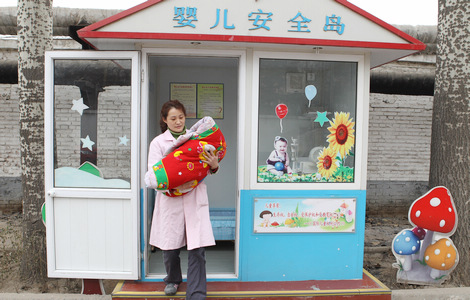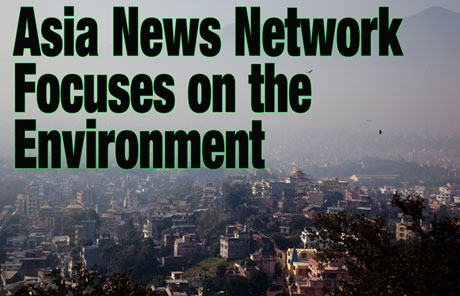PM2.5 new topic for political sessions
Updated: 2012-03-01 21:08
(Xinhua)
|
|||||||||||
BEIJING - "PM2.5" has been a hot topic on the Internet for months and is now set to be a hot topic at China's upcoming annual sessions of the National People's Congress (NPC) and the Chinese People's Political Consultative Congress (CPPCC) National Committee.
PM2.5 refers to tiny airborne particles of 2.5 microns or less -- small enough to bore deeply into the lungs and even pass into the bloodstream. It mainly comes from dust and the combustion of fossil fuels and is the main component of haze.
The PM2.5 index for Beijing hit 163 micrograms per cubic meter at 10 am Thursday. Chen Zhongqiang, a member of the CPPCC National Committee and head of the Peking University Third Hospital, said the figure didn't leave much room for optimism about Beijing's air.
Beijing began releasing hourly PM2.5 readings on January 21 after a public outcry about the accuracy of official air quality readings during a period of heavy smog last fall.
The discontent was fueled by discrepancies between official data and the US Embassy's measurements, after the US Embassy in Beijing rated the air "hazardous," while the city's environmental protection bureau called the pollution "slight."
The State Council recently announced a plan to include the PM2.5 concentration in China's air quality standard.
Song Xinfang, an NPC deputy and head of a honeybee research institute in Dongying, Shandong province, said the timing of the new standard shows it was not only undertaken for environmental reasons, but was also a response to public opinion.
To solve the underlying emissions problem, many legislators and political advisors say China's industrial and energy structure should be substantially adjusted, with heavily polluting enterprises eliminated.
Others suggest that gas quality should be improved and new energy vehicles should be promoted.
But any discussion of solutions inevitably touches on the complexity of the problem.
"We have burned too many things. How can we not produce a huge amount of emissions?" said Zhu Jimin, an NPC deputy and chairman of the Shougang Group, one of China's largest iron and steel companies.
Zhu noted that heavily polluting industries such as coal, steel and cement have expanded dramatically, and the number of vehicles has grown quickly.
"PM2.5 is not only an environmental issue, but also an economic, political and social issue," said Zhu. "It is related to people's livelihood."
Hot Topics
Wu Ying, iPad, Jeremy Lin, Valentine's Day, Real Name, Whitney Houston, Syria,Iranian issue, Sanyan tourism, Giving birth in Hong Kong, Cadmium spill, housing policy
Editor's Picks

|

|

|

|

|

|







